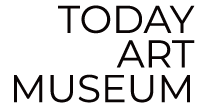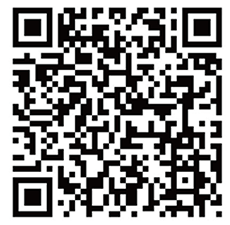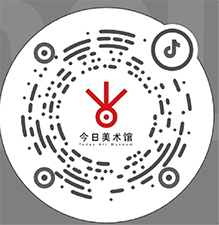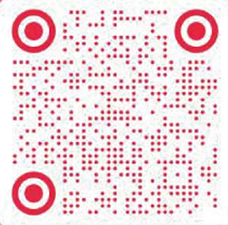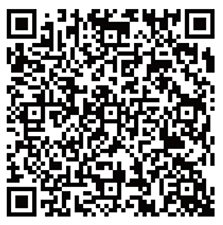Duration: 2018.08.26 -- 2018.10.17
Location: 2/F Exhibition Hall, Building No.1, Today Art Museum
22nd August, 2018
Today Art Museum, Building 4, Pingod Community, No.32 Baiziwan Road, Chaoyang District,Beijing. Tel: 010-58760600
Opening Hours:10 am - 6 pm: closed every Monday and during Spring Festival(2.13-2.23).
© 2005-2023 Today Art Museum
京ICP备13015009号-1
Tech Support:Today Digital Art Museum
